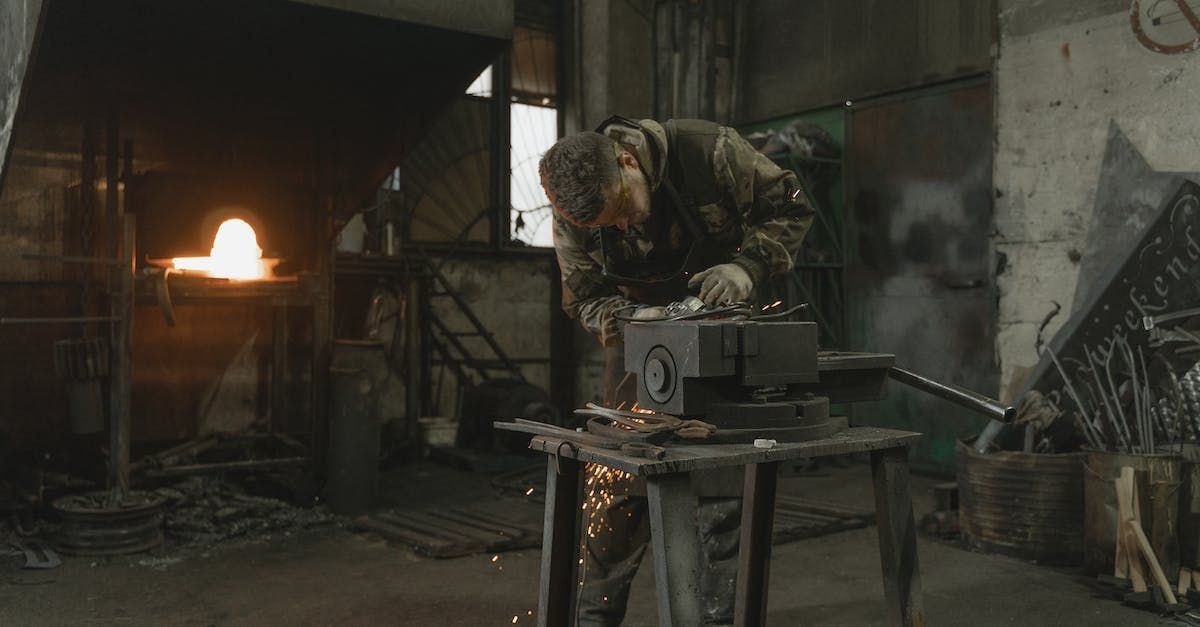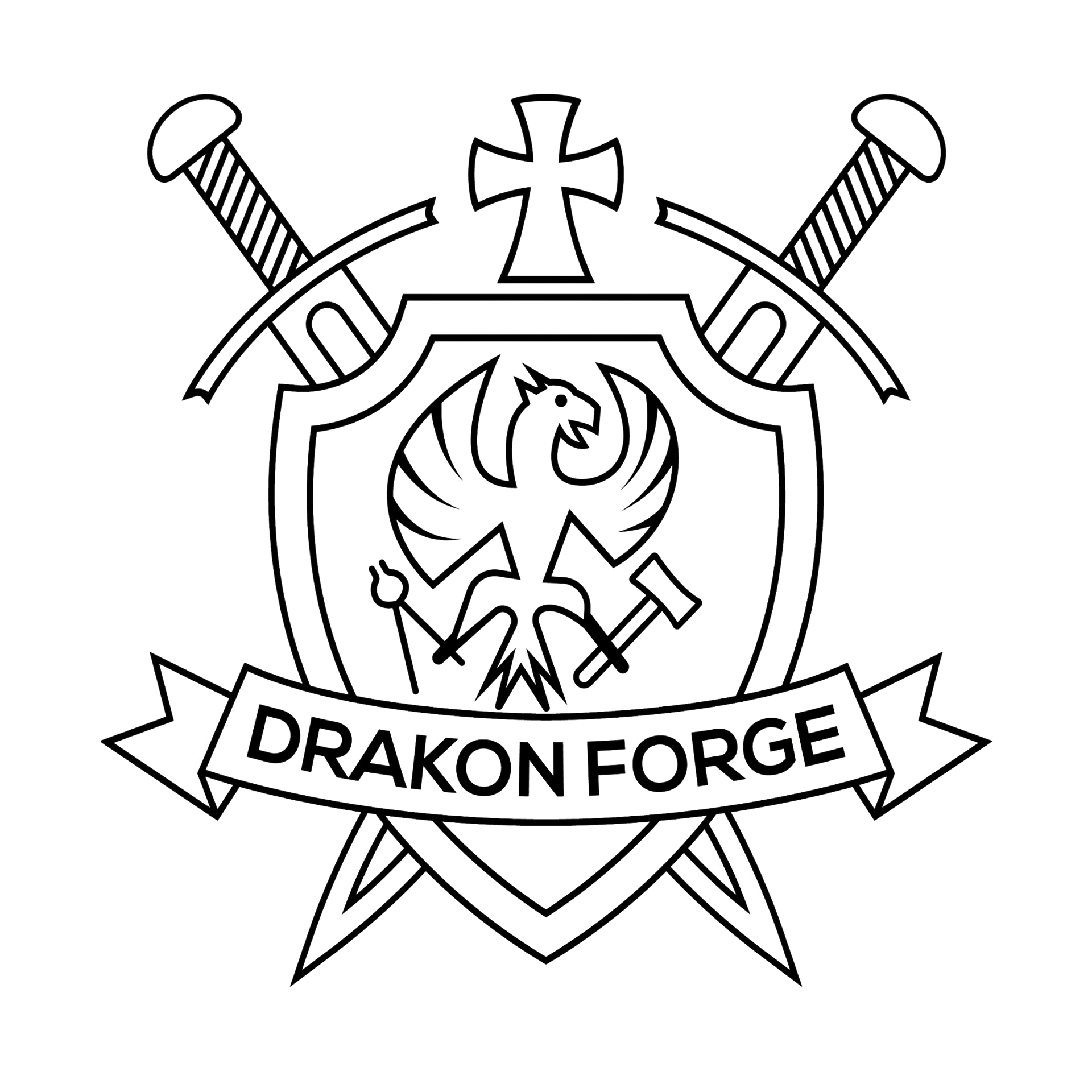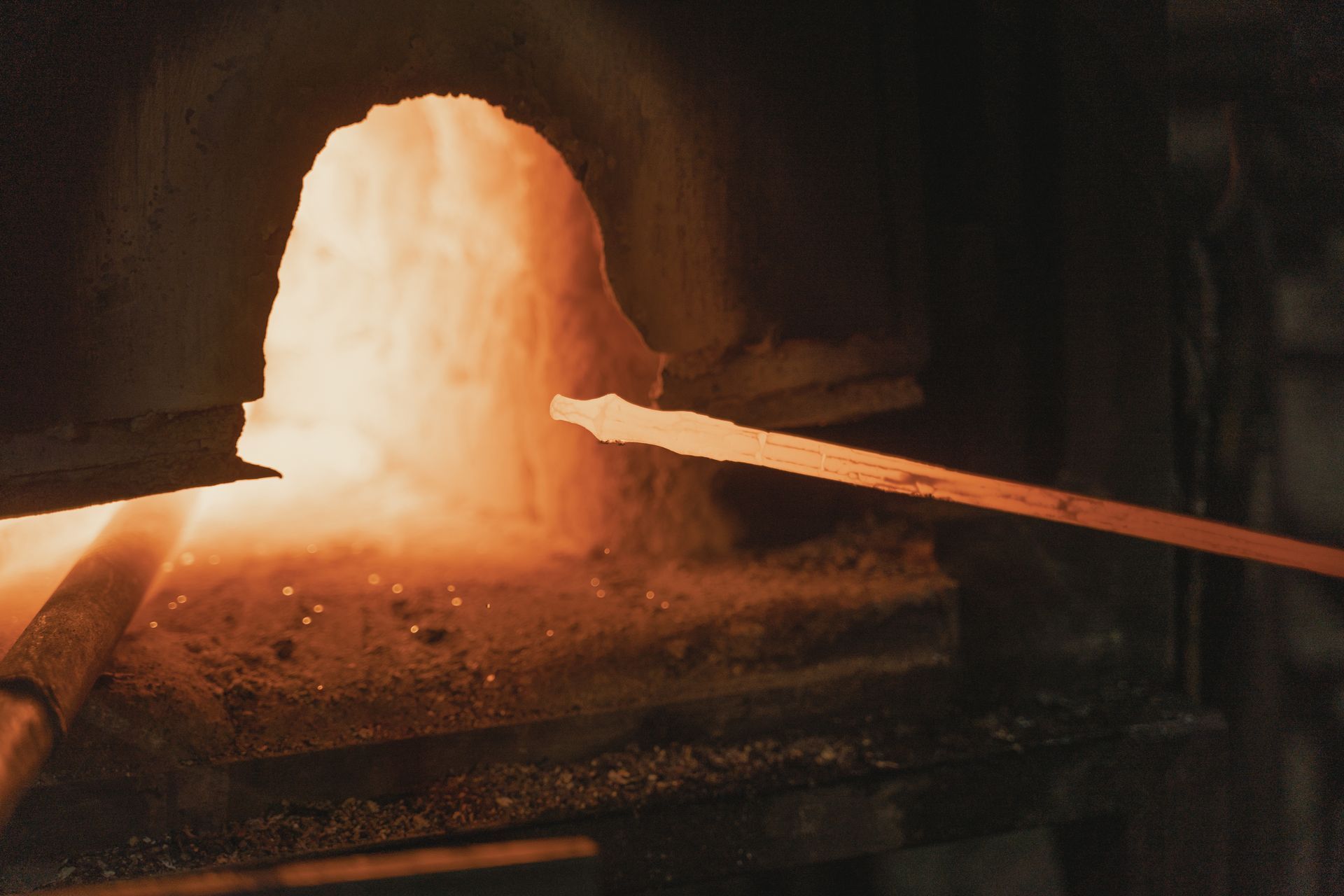Forging Legends: Exploring Iconic Swords
A Glimpse into the History of Iconic Swords

In the realm of weaponry, few objects evoke as much fascination and admiration as legendary swords. These remarkable blades have not only shaped the outcome of battles but have also become symbols of honor, power, and mythical tales. Join us as we embark on a journey through time, delving into the captivating stories and the artistry behind some of history's most iconic swords.
The Legendary Excalibur:
No discussion about legendary swords would be complete without mentioning Excalibur. Shrouded in Arthurian legends, this mythical weapon is believed to have been wielded by King Arthur himself. Forged by the Lady of the Lake, Excalibur represents Arthur's divine right to rule. Its legendary status lies not only in its exceptional craftsmanship but also in the enchantment that made it the symbol of a true king.
The Fearsome Masamune:
From the mystique of medieval Europe, we shift our focus to the land of the rising sun. The Masamune, crafted by legendary Japanese swordsmith Goro Nyudo Masamune, is renowned for its unparalleled sharpness, strength, and exquisite beauty. Passed down through generations, Masamune blades are revered for their superior craftsmanship and the remarkable skill required to create them. These swords have become the embodiment of the samurai spirit, forever etching their mark in Japanese history.
The Majestic Anduril:
From the pages of J.R.R. Tolkien's epic fantasy world of Middle-earth, we encounter the awe-inspiring Anduril. Forged from the shards of the legendary sword Narsil, Anduril was wielded by Aragorn, the rightful heir to the throne of Gondor. Its significance extends beyond its mythical origins, symbolizing Aragorn's destiny and his role as the leader who would unite the peoples of Middle-earth against the forces of darkness. The grandeur and symbolism of Anduril make it a sword that captures the imagination of readers and moviegoers alike.
The Enduring Legacy:
These legendary swords, among countless others, are testaments to the enduring power of craftsmanship and the stories that surround them. While some are steeped in myth and legend, others have left their mark on historical events. Their beauty, craftsmanship, and symbolic value have transcended time, captivating generations with their mystique.
At Drakon Forge, we honor these legends by channeling our passion for blade and blacksmithing into every creation. We strive to capture the essence of these legendary swords, infusing our own craftsmanship and dedication into our work. Each blade that leaves our forge carries with it a touch of history, a testament to the enduring legacy of the swords that came before.
The legends of Excalibur, Masamune, Anduril, and countless others continue to ignite our imagination and inspire us to reach new heights in the art of blade making. These swords have become more than mere weapons; they are symbols of bravery, honor, and the indomitable human spirit. As we forge our own path, let us remember the legends that came before us and continue the legacy of creating blades that transcend time and capture the hearts of those who wield them.
Share


